Home>Furniture & Design>Interior Design Trends>What Is Plexiglass?
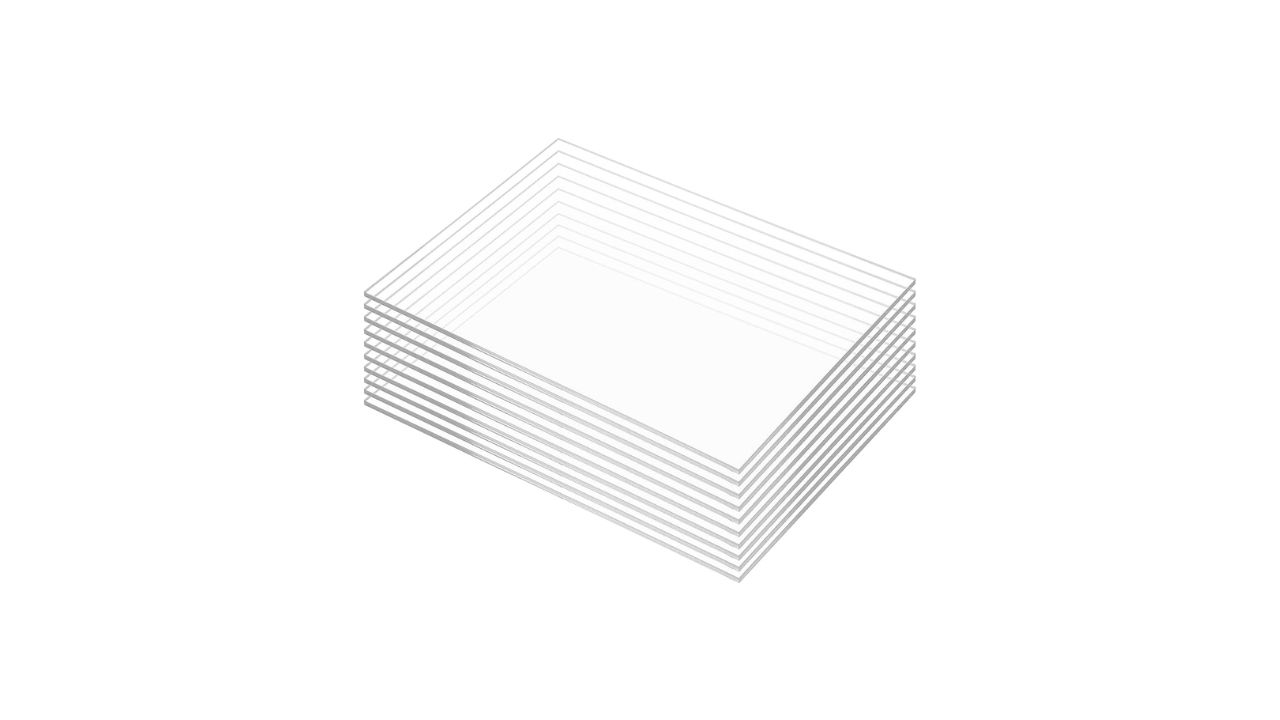

Interior Design Trends
What Is Plexiglass?
Published: February 5, 2024
Discover the latest interior design trends with plexiglass, a versatile material that adds a modern touch to any space. Learn more about the benefits and uses of plexiglass in interior design.
(Many of the links in this article redirect to a specific reviewed product. Your purchase of these products through affiliate links helps to generate commission for Storables.com, at no extra cost. Learn more)
Introduction
Plexiglass, also known as acrylic glass or acrylic sheet, is a versatile and widely used material in various industries and applications. It is a transparent thermoplastic that offers exceptional clarity, durability, and flexibility, making it a popular choice for a wide range of purposes. From architectural and interior design to automotive, medical, and signage applications, plexiglass has become an indispensable material due to its unique properties and versatility.
Plexiglass is a type of plastic that resembles glass but is much lighter and more resistant to impact. It is often used as a shatterproof alternative to traditional glass, providing enhanced safety and security in many settings. With its ability to transmit light and withstand harsh environmental conditions, plexiglass has become a go-to material for designers, architects, and manufacturers seeking innovative solutions for their projects.
As we delve deeper into the world of plexiglass, we will explore its fascinating history, unique properties, common uses, advantages, and disadvantages. Additionally, we will compare plexiglass to traditional glass, shedding light on the distinctive characteristics that set these materials apart. Through this exploration, we aim to gain a comprehensive understanding of plexiglass and its significant impact on modern design and manufacturing processes.
Key Takeaways:
- Plexiglass, a lightweight and durable alternative to glass, has a fascinating history and is widely used in architecture, design, and more, offering exceptional clarity and impact resistance.
- Plexiglass, with its unique properties like transparency and moldability, is used in diverse applications such as signage, furniture, and protective barriers, shaping modern design and innovation.
Read more: How To Cut Plexiglass With Hand Tools
History of Plexiglass
Plexiglass has a rich and intriguing history that dates back to the early 20th century. The story of this remarkable material begins with the pioneering work of chemists and innovators who sought to create a durable and transparent alternative to glass. In 1928, the chemist Otto Röhm successfully developed the first acrylic resin, marking a significant milestone in the evolution of plexiglass.
The breakthrough came with the development of polymethyl methacrylate (PMMA), the key component of plexiglass. This transparent thermoplastic material offered exceptional optical clarity and weather resistance, setting the stage for its widespread adoption in various industries. The commercial production of plexiglass began in the 1930s, revolutionizing the fields of design, construction, and manufacturing.
During World War II, plexiglass played a crucial role in military applications, particularly in aircraft canopies and submarine periscopes. Its lightweight and shatter-resistant properties made it an ideal alternative to traditional glass, contributing to improved safety and performance in military equipment.
In the post-war era, plexiglass experienced a surge in popularity as designers and architects embraced its versatility and aesthetic appeal. The material's ability to transmit light and its moldable nature opened up new possibilities in modern architecture and interior design. From iconic furniture pieces to innovative building facades, plexiglass became synonymous with cutting-edge design and functional elegance.
Over the decades, advancements in manufacturing techniques have further enhanced the quality and diversity of plexiglass products. Today, plexiglass is available in a wide range of colors, textures, and thicknesses, catering to the evolving needs of diverse industries and creative endeavors.
The history of plexiglass is a testament to human ingenuity and the relentless pursuit of innovation. From its humble beginnings as a synthetic resin to its ubiquitous presence in modern design and technology, plexiglass continues to inspire creativity and drive progress across a myriad of applications. As we look to the future, the legacy of plexiglass serves as a testament to the enduring impact of visionary thinking and the transformative power of materials that shape the world around us.
Properties of Plexiglass
Plexiglass boasts a remarkable set of properties that contribute to its widespread use and appeal across various industries. Understanding these properties is essential for appreciating the versatility and functionality of this transparent thermoplastic material.
1. Transparency and Optical Clarity: Plexiglass offers exceptional transparency, allowing light to pass through with minimal distortion. Its optical clarity is comparable to that of glass, making it an ideal choice for applications where visibility and aesthetics are paramount.
2. Impact Resistance: One of the most notable properties of plexiglass is its high impact resistance. It is significantly more durable than traditional glass, making it less prone to shattering upon impact. This property enhances safety and reduces the risk of injury in environments where breakage is a concern.
3. Lightweight Nature: Plexiglass is remarkably lightweight, making it easier to handle and install compared to glass. This property is particularly advantageous in applications where weight reduction is a priority, such as in aerospace, automotive, and marine industries.
4. Weather Resistance: Plexiglass exhibits excellent weather resistance, retaining its optical clarity and structural integrity even when exposed to harsh environmental conditions. This property makes it suitable for outdoor applications, including signage, architectural elements, and protective barriers.
5. Thermal Insulation: Plexiglass offers moderate thermal insulation properties, helping to regulate temperature and reduce heat transfer. This feature is beneficial in building applications, where it contributes to energy efficiency and comfort.
6. Chemical Resistance: Plexiglass demonstrates resistance to many chemicals, making it suitable for use in environments where exposure to corrosive substances is a concern. This property enhances the material's longevity and reliability in diverse industrial settings.
7. Moldability and Versatility: Plexiglass can be easily molded and shaped into various forms, allowing for creative and customized designs. Its versatility extends to different fabrication techniques, including cutting, drilling, and thermoforming, enabling a wide range of applications.
8. UV Stability: Plexiglass exhibits good resistance to ultraviolet (UV) radiation, reducing the risk of yellowing or degradation when exposed to sunlight. This property is particularly valuable in outdoor and architectural applications where long-term UV exposure is inevitable.
9. Sound Dampening: Plexiglass possesses sound-dampening properties, helping to reduce noise transmission in architectural and interior design applications. This feature contributes to creating quieter and more comfortable environments.
In summary, the properties of plexiglass encompass a unique combination of optical clarity, durability, versatility, and resilience, making it a preferred material for diverse applications across industries. Its ability to meet stringent performance requirements while offering design flexibility continues to position plexiglass as a material of choice for innovative and sustainable solutions.
Common Uses of Plexiglass
Plexiglass, with its diverse range of properties and adaptability, finds extensive use across a multitude of industries and applications. Its transparent nature, impact resistance, and versatility make it an ideal choice for various functional and aesthetic purposes. Here are some common uses of plexiglass:
-
Architectural Glazing: Plexiglass is widely employed in architectural glazing applications, including windows, skylights, and canopies. Its lightweight nature, optical clarity, and weather resistance make it an attractive alternative to traditional glass, allowing for innovative and sustainable building designs.
-
Signage and Displays: The use of plexiglass in signage and display applications is prevalent due to its transparency, durability, and ease of fabrication. It serves as a versatile material for creating illuminated signs, retail displays, and exhibition panels, offering a sleek and modern aesthetic.
-
Protective Barriers: In various settings such as retail establishments, healthcare facilities, and public spaces, plexiglass is utilized to create protective barriers and partitions. Its impact resistance and transparency provide a safe and unobtrusive means of separating spaces while maintaining visibility.
-
Furniture and Interior Design: Plexiglass is a favored material in furniture and interior design, where its moldability and aesthetic appeal come to the fore. It is used to craft contemporary furniture pieces, decorative panels, and architectural elements, adding a touch of sophistication to interior spaces.
-
Automotive Applications: The automotive industry leverages plexiglass for applications such as headlight covers, windows, and interior components. Its impact resistance and lightweight properties contribute to improved vehicle safety and fuel efficiency.
-
Art and Sculpture: Artists and sculptors embrace plexiglass for its transparency and ease of manipulation. It serves as a medium for creating modern art installations, sculptures, and mixed-media artworks, adding a dynamic visual element to creative expressions.
-
Medical Equipment: In the medical field, plexiglass is utilized for manufacturing protective shields, equipment enclosures, and laboratory apparatus. Its hygienic properties, impact resistance, and ease of sterilization make it an essential material in healthcare settings.
-
Aquariums and Aquatic Displays: The exceptional clarity and water-resistant properties of plexiglass make it an ideal material for constructing aquariums and aquatic displays. It provides a clear view of underwater environments while ensuring structural integrity and safety for aquatic inhabitants.
-
Aviation and Aerospace: Plexiglass is extensively used in aircraft windows, cockpit canopies, and interior components due to its lightweight nature, optical clarity, and high impact resistance, contributing to enhanced safety and performance in aviation applications.
-
Retail Fixtures and Point-of-Purchase Displays: Retail environments utilize plexiglass for creating shelving, product displays, and protective barriers. Its transparency and adaptability allow for the seamless integration of functional and visually appealing fixtures.
The widespread adoption of plexiglass across these diverse applications underscores its significance as a versatile and indispensable material in modern design, manufacturing, and creative endeavors. Its ability to combine functionality with aesthetic appeal continues to inspire innovative solutions across industries, shaping the way we interact with our built environment.
Advantages and Disadvantages of Plexiglass
Plexiglass, as a versatile material, offers a host of advantages across various applications, but it also presents certain limitations that warrant consideration. Understanding the strengths and weaknesses of plexiglass is essential for informed decision-making in design, construction, and manufacturing processes.
Read more: How Do You Cut Plexiglass
Advantages
-
Impact Resistance: Plexiglass exhibits exceptional impact resistance, making it less prone to shattering compared to traditional glass. This property enhances safety in environments where breakage is a concern, such as in protective barriers and automotive applications.
-
Lightweight Nature: The lightweight nature of plexiglass facilitates easier handling and installation, contributing to reduced structural load and improved efficiency in applications where weight is a critical factor, such as in aerospace and marine industries.
-
Transparency and Optical Clarity: With optical clarity comparable to glass, plexiglass allows light to pass through with minimal distortion, making it an ideal choice for applications where visibility and aesthetics are paramount, including architectural glazing and signage.
-
Weather Resistance: Plexiglass retains its optical clarity and structural integrity when exposed to harsh environmental conditions, making it suitable for outdoor applications such as windows, canopies, and outdoor signage.
-
Moldability and Versatility: Plexiglass can be easily molded and shaped into various forms, allowing for creative and customized designs. Its versatility extends to different fabrication techniques, enabling a wide range of applications in furniture, interior design, and artistic expressions.
Disadvantages
-
Scratch Susceptibility: Plexiglass is more prone to scratching compared to glass, requiring careful handling and maintenance to preserve its aesthetic appeal over time.
-
Static Electricity Buildup: The surface of plexiglass can accumulate static electricity, leading to dust and dirt adherence, which may necessitate regular cleaning and maintenance in certain environments.
-
Susceptibility to Chemicals: While plexiglass exhibits resistance to many chemicals, it may be susceptible to damage from certain solvents and cleaning agents, requiring caution in chemical-rich environments.
-
Lower Hardness: Plexiglass has a lower surface hardness compared to glass, making it more susceptible to abrasions and wear over time, particularly in high-traffic areas or applications subject to frequent contact.
-
Potential for Yellowing: Over prolonged exposure to UV radiation, plexiglass may experience yellowing or discoloration, necessitating UV-stabilized formulations for outdoor applications.
By weighing these advantages and disadvantages, designers, architects, and manufacturers can make informed decisions regarding the suitability of plexiglass for specific applications, considering its unique properties and potential limitations. Despite its drawbacks, the remarkable versatility and performance attributes of plexiglass continue to position it as a valuable material in diverse industries, driving innovation and creative solutions.
How Plexiglass Differs from Glass
Plexiglass and traditional glass are distinct materials with unique properties and characteristics that set them apart in various applications. Understanding the differences between plexiglass and glass is essential for making informed decisions in design, construction, and manufacturing processes.
Optical Clarity and Transparency
Plexiglass, also known as acrylic glass, offers exceptional optical clarity comparable to traditional glass. However, plexiglass exhibits minimal distortion when transmitting light, making it an ideal choice for applications where pristine visibility and aesthetics are paramount. In contrast, while glass also provides optical clarity, it may have slight imperfections or variations that can affect its transparency.
Read more: How To Put Plexiglass On Screened-In Porch
Impact Resistance
One of the most significant differences between plexiglass and glass is their impact resistance. Plexiglass is significantly more durable and less prone to shattering upon impact, making it a safer alternative in environments where breakage is a concern. Traditional glass, on the other hand, is more susceptible to fracturing and poses a higher risk of injury in the event of breakage.
Weight and Handling
Plexiglass is notably lighter than traditional glass, facilitating easier handling, transportation, and installation. This property contributes to reduced structural load and improved efficiency in applications where weight reduction is a priority. In contrast, the weight of glass can pose challenges in certain applications, requiring additional structural support and handling precautions.
Versatility and Fabrication
Plexiglass offers greater versatility in terms of fabrication and customization. It can be easily molded, shaped, and fabricated using various techniques, allowing for creative and intricate designs. Traditional glass, while versatile to a certain extent, may present limitations in terms of complex shaping and customization due to its inherent brittleness and manufacturing constraints.
Thermal Insulation
Plexiglass provides moderate thermal insulation properties, contributing to energy efficiency and comfort in building applications. Its ability to regulate temperature and reduce heat transfer makes it a preferred choice in environments where thermal performance is a consideration. In contrast, traditional glass has lower thermal insulation properties, potentially leading to greater heat loss or gain in building structures.
Read more: What Is a Kegerator and What Is It Used For?
Maintenance and Longevity
Plexiglass may require more frequent maintenance to preserve its aesthetic appeal due to its susceptibility to scratching and static electricity buildup. On the other hand, traditional glass, while more resistant to scratching, may be more challenging to handle and install due to its weight and fragility.
In summary, the differences between plexiglass and glass encompass a wide range of properties and characteristics, influencing their suitability for diverse applications. By recognizing these distinctions, designers, architects, and manufacturers can make informed decisions regarding the selection of materials that best align with the specific requirements and performance criteria of their projects.
Conclusion
In conclusion, plexiglass stands as a testament to human ingenuity and innovation, offering a compelling array of properties and applications that have reshaped the landscape of modern design and manufacturing. From its humble origins as a synthetic resin to its pervasive presence in architectural, automotive, and artistic realms, plexiglass has continually demonstrated its adaptability and resilience.
The rich history of plexiglass, marked by pivotal advancements in material science and manufacturing, underscores its enduring relevance and impact. Its role in military applications during World War II, followed by its widespread adoption in post-war architecture and design, reflects the material's transformative influence on diverse industries. The evolution of plexiglass, from a utilitarian solution to a symbol of contemporary elegance and functionality, exemplifies the dynamic interplay between technology, creativity, and human needs.
The properties of plexiglass, including its optical clarity, impact resistance, and versatility, position it as a material of choice for architects, designers, and engineers seeking innovative solutions. Its ability to transmit light, withstand environmental stresses, and offer design flexibility has expanded the boundaries of what is achievable in architectural glazing, signage, furniture design, and beyond. The material's adaptability to various fabrication techniques further amplifies its appeal, allowing for the realization of intricate and imaginative designs.
While plexiglass presents certain limitations, such as susceptibility to scratching and static electricity buildup, its advantages far outweigh these considerations. Its impact resistance, lightweight nature, and weather resistance make it a compelling alternative to traditional glass in applications where safety, efficiency, and aesthetics converge.
As we look to the future, plexiglass continues to inspire new possibilities and applications, driving sustainable and innovative solutions across industries. Its ongoing relevance in areas such as architectural glazing, interior design, and automotive advancements underscores its enduring significance in shaping the built environment and enhancing human experiences.
In essence, plexiglass embodies the spirit of progress and creativity, offering a compelling narrative of resilience, adaptability, and transformative potential. Its legacy as a material that transcends boundaries and empowers visionary endeavors serves as a testament to the enduring impact of materials that shape the world around us.
Frequently Asked Questions about What Is Plexiglass?
Was this page helpful?
At Storables.com, we guarantee accurate and reliable information. Our content, validated by Expert Board Contributors, is crafted following stringent Editorial Policies. We're committed to providing you with well-researched, expert-backed insights for all your informational needs.
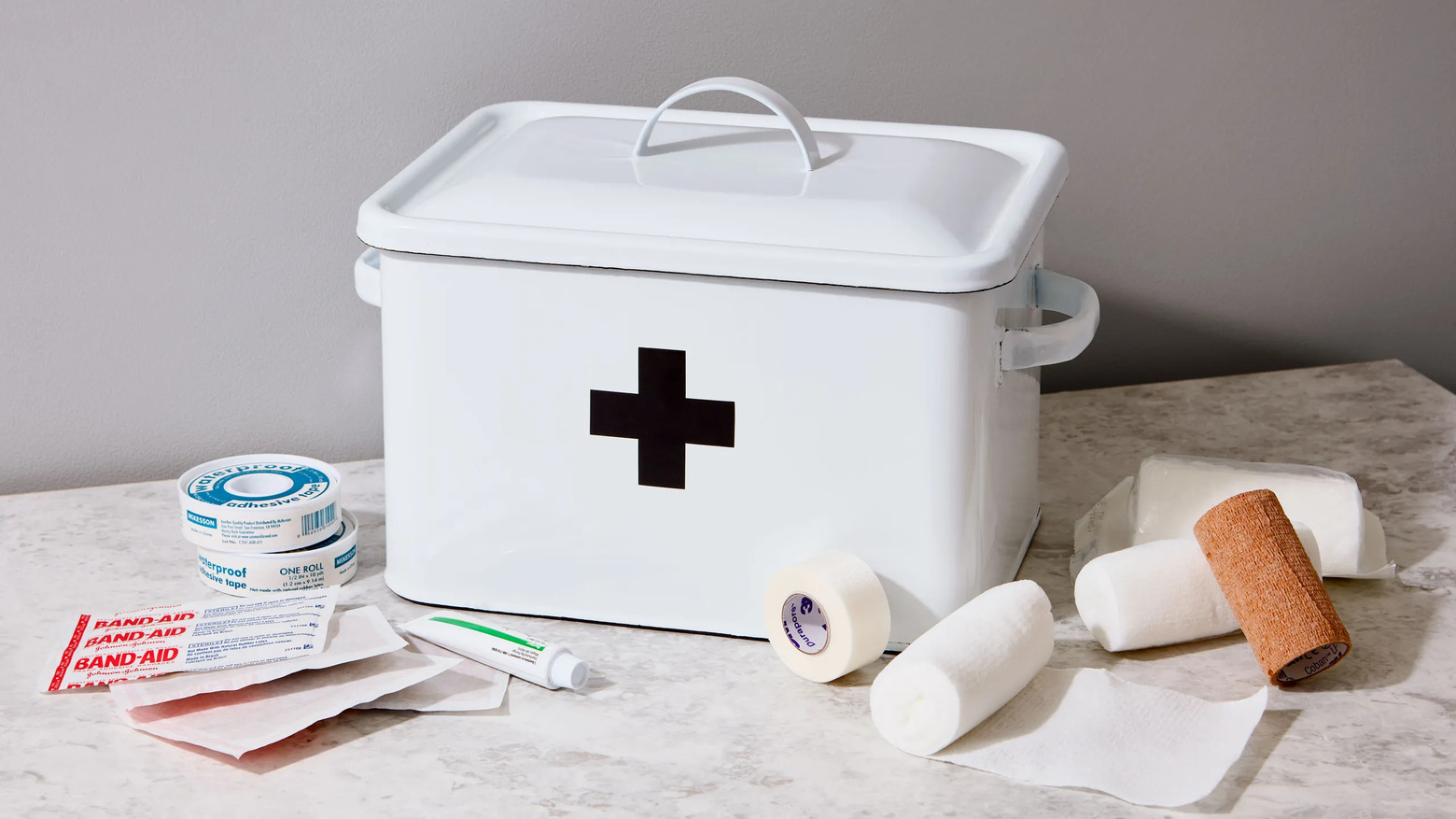


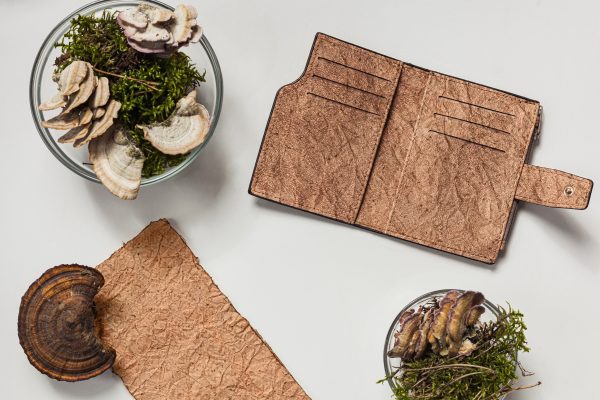
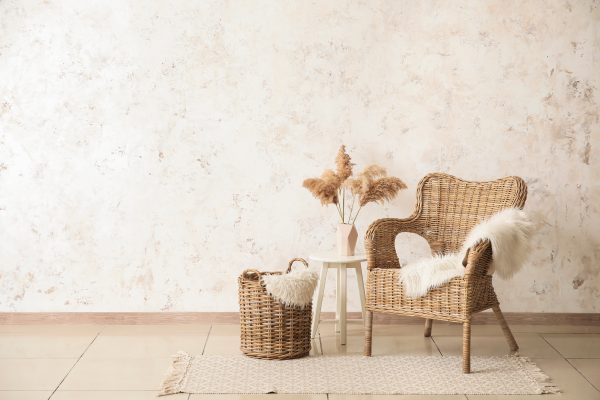
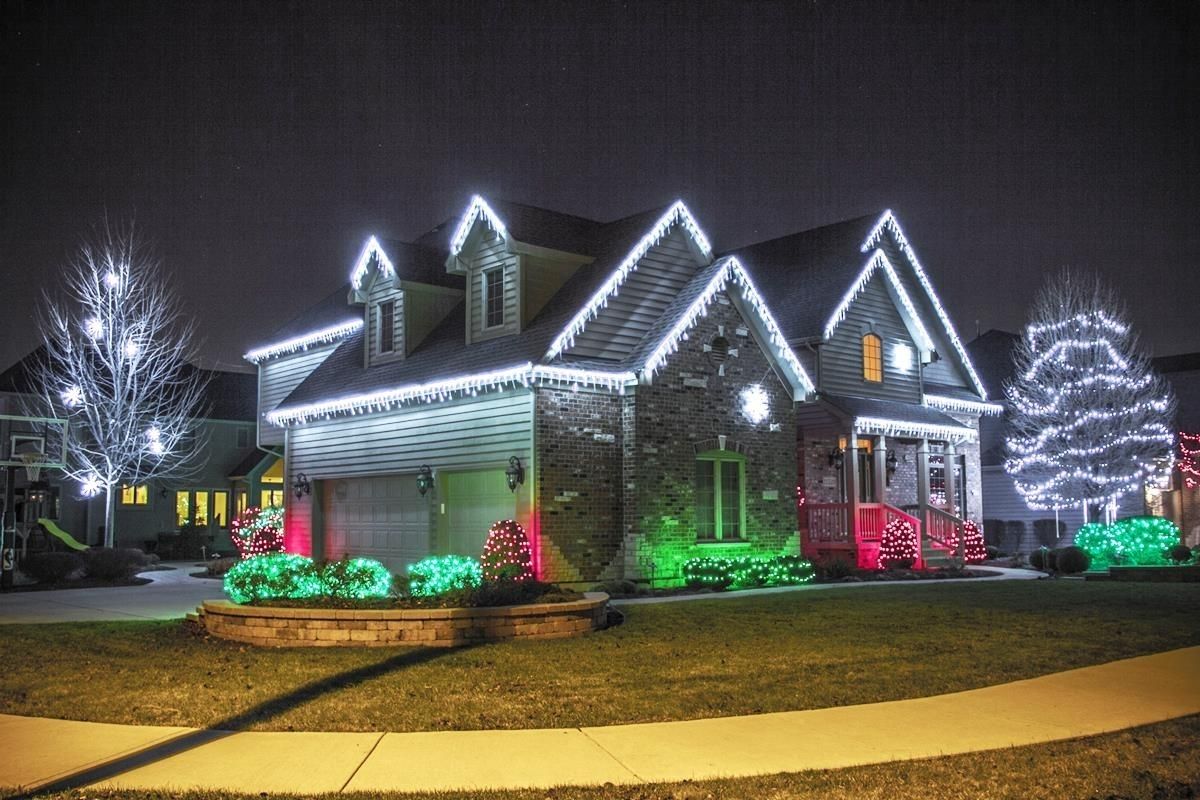
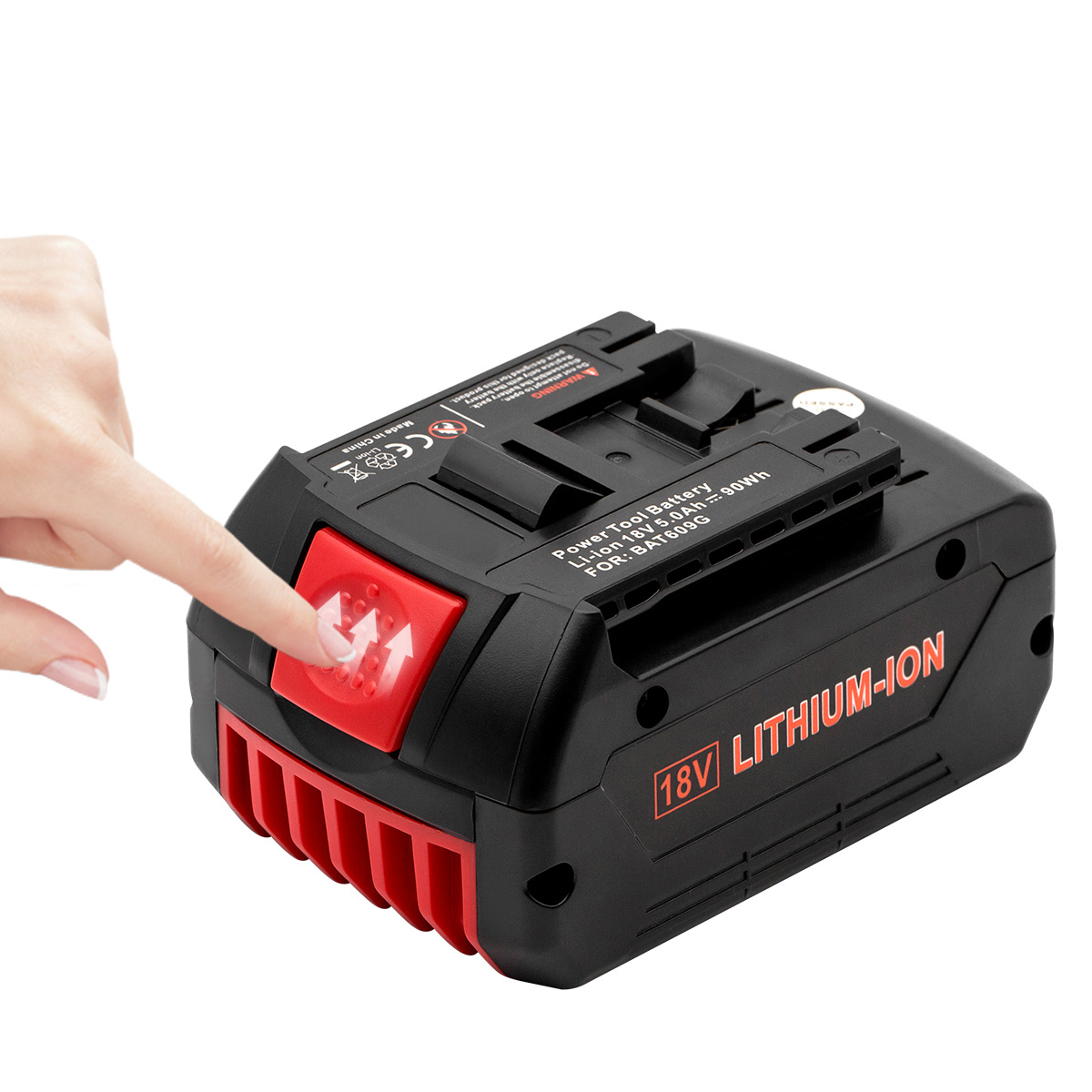
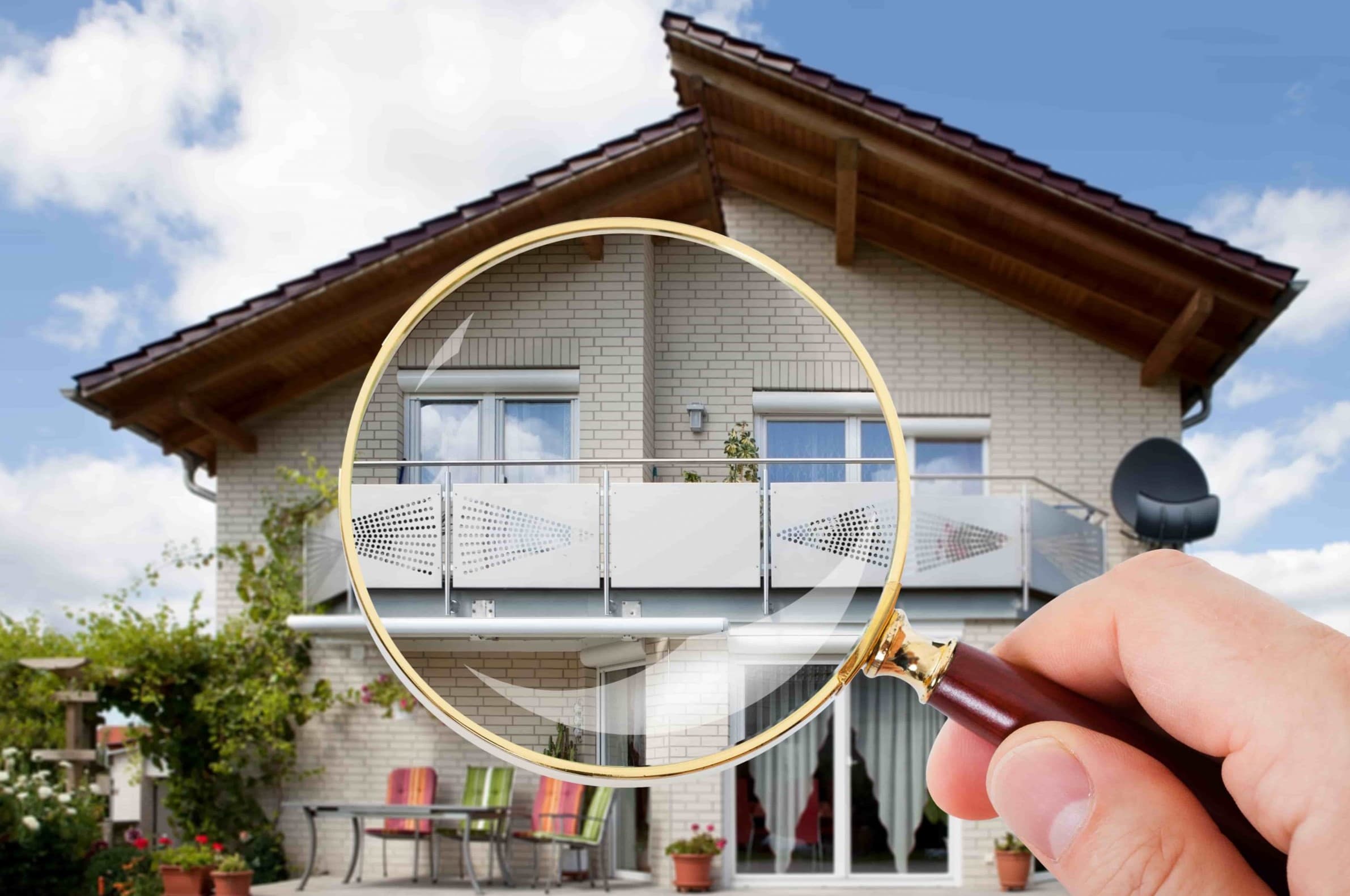
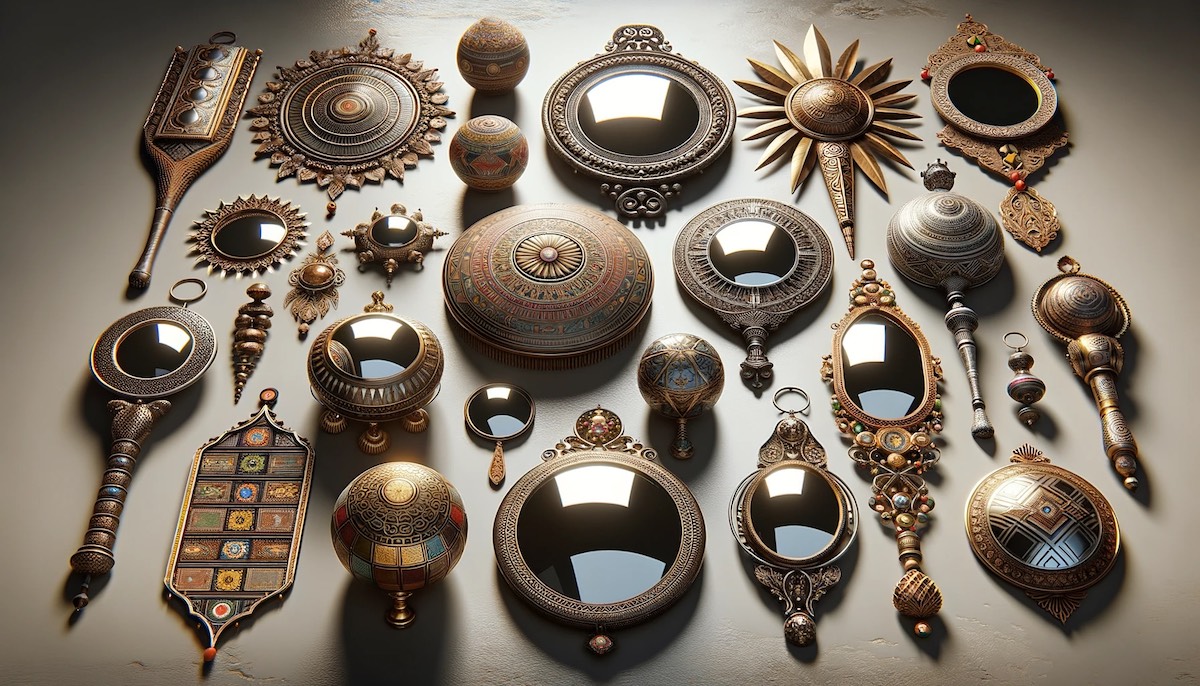

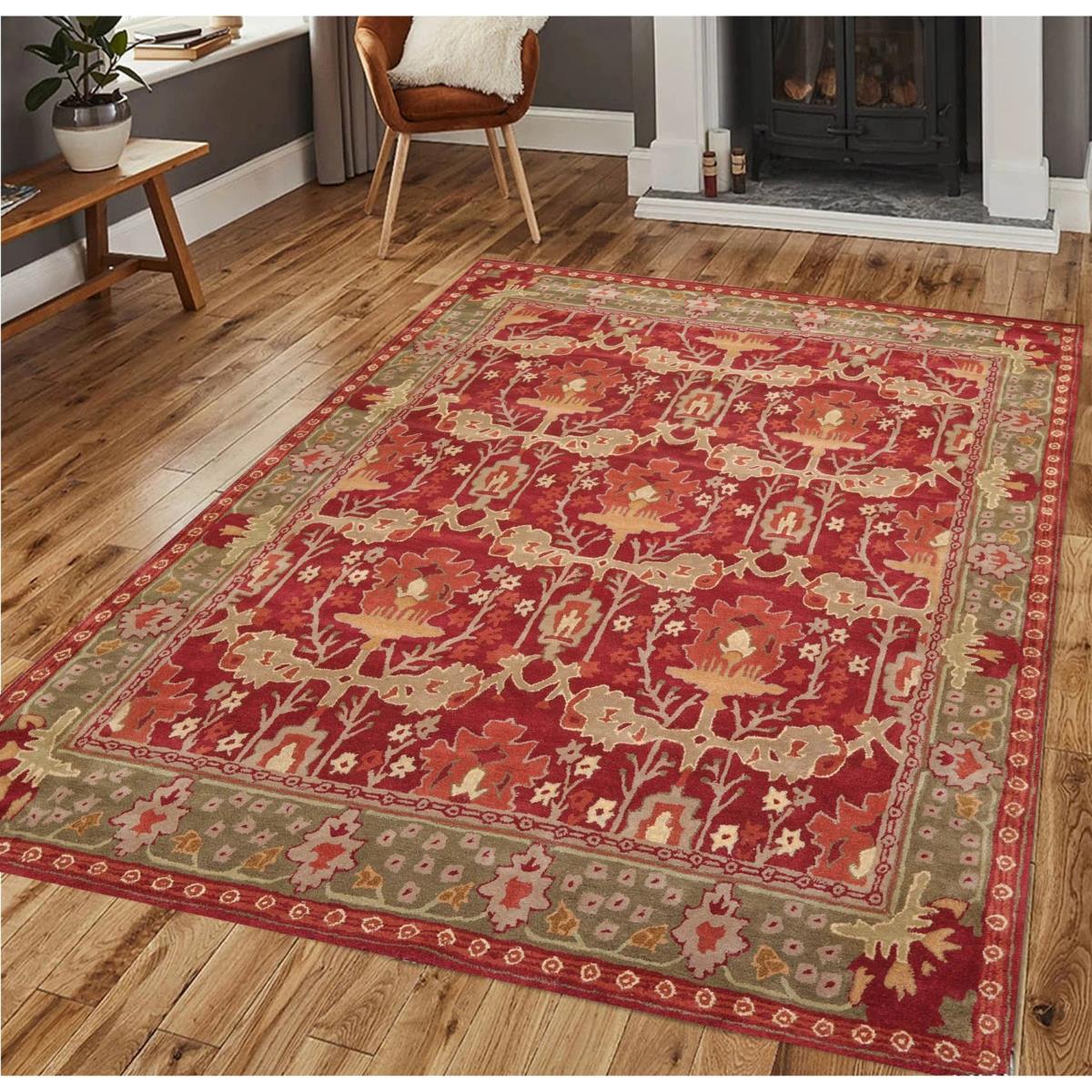
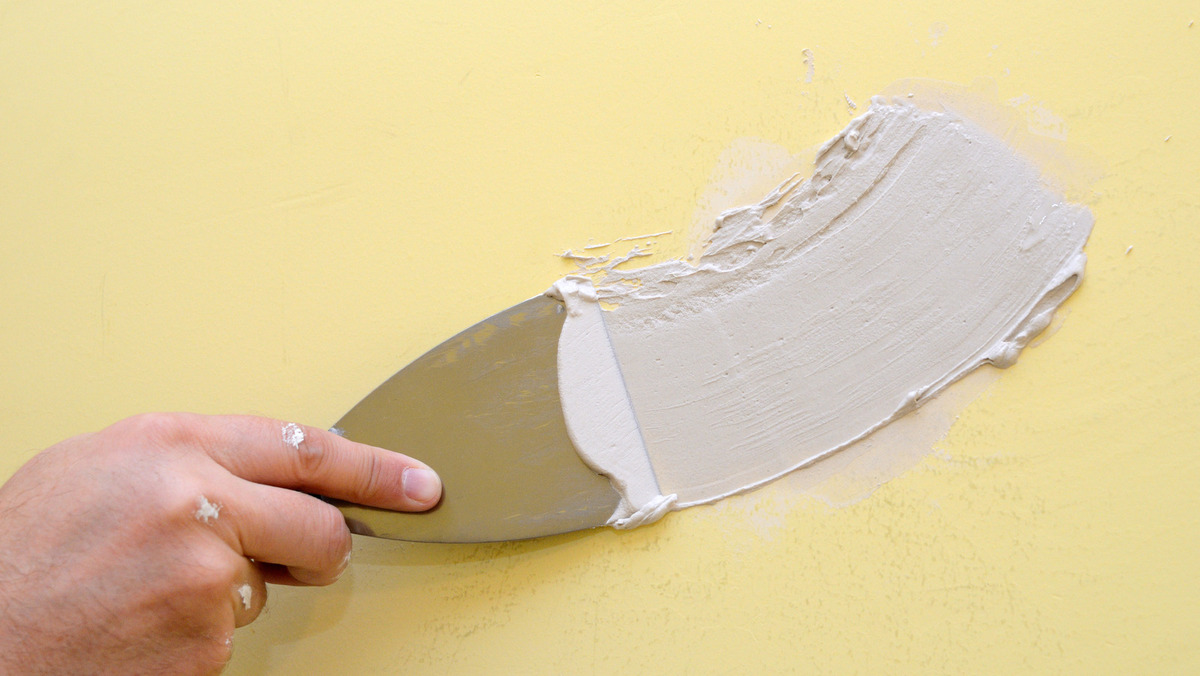

0 thoughts on “What Is Plexiglass?”